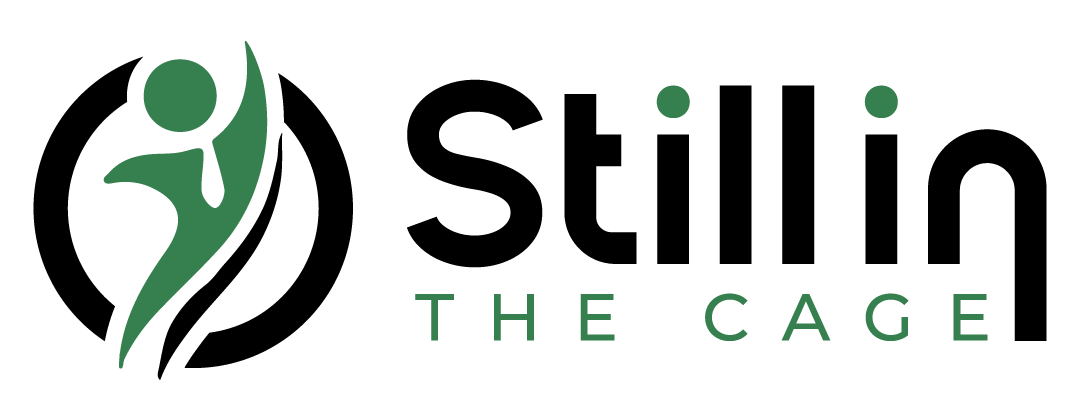Welcome to your all-in-one guide on nasal surgery! Known as rhinoplasty or a nose job, its popularity has soared in the U.S. lately. People aren’t just looking for a new look. They also want the health benefits it can bring. Rhinoplasty ranks among the top five cosmetic surgeries each year. It’s crucial for folks thinking about this big step to understand the whole process, from the first doctor’s visit to the final recovery stages.
This guide aims to give you all the information you need on rhinoplasty. It will help you make smart decisions at every point.

Key Takeaways
- Rhinoplasty is one of the most popular cosmetic surgery procedures in the U.S.
- Understanding the benefits and risks is crucial before undergoing nasal surgery.
- Planning and choosing the right surgeon can significantly impact your results.
- The recovery process requires time and care to achieve the best outcomes.
- Being aware of costs and financing options can help you budget effectively for your nose job.
Understanding Rhinoplasty: What You Need to Know
Many people choose rhinoplasty for different reasons, including looks and health. It’s a surgery that changes the nose to either improve how it looks or breathes. Knowing the kinds of rhinoplasty can help you choose the right surgery.
Defining Rhinoplasty
Rhinoplasty is a surgery that changes your nose’s bone, cartilage, and skin. People get it to look better or fix breathing issues. This surgery can make you feel more confident by improving how your face looks.
Types of Rhinoplasty Procedures
There are many rhinoplasty methods for different needs and results. Here are the main surgeries:
- Open Rhinoplasty: This surgery involves a small cut on the columella for better view and work space.
- Closed Rhinoplasty: Uses cuts inside the nostrils, leaving no scars. Healing is usually faster.
- Septoplasty: Fixes the nasal septum to help with breathing and looks.
Knowing these types helps you talk with a surgeon about what you want. This ensures your needs are met well.
Benefits of Rhinoplasty
Getting rhinoplasty isn’t just about looks. It helps people feel better about themselves and fixes breathing problems too. A good surgeon can make a big difference. This boosts confidence and solves important health issues.
Improved Aesthetic Appearance
Rhinoplasty makes your face look better. It fixes nose flaws that throw off facial balance. After surgery, people feel great about their new look. A well-shaped nose makes the whole face more attractive.
This change can be a big deal. It brings out the best in your look.
Functional Benefits: Breathing Improvement
Rhinoplasty isn’t just for looks; it’s also for health. Some people have trouble breathing because of nose shape issues. This surgery can fix that, improving how you breathe.
It can change your life by fixing breathing issues. Studies show it helps people live better by making breathing easier.
Planning Your Rhinoplasty Journey
Starting your rhinoplasty journey needs careful thought and planning. A deep rhinoplasty consultation is key for success. This first meeting is crucial for evaluating if you’re a good candidate for the surgery.
Pre-Operative Consultation: What to Expect
During the consultation, your surgeon will review your medical history and any health issues. They’ll discuss what you hope to achieve and what’s possible. You’ll learn about the surgery, risks, and how long recovery might take.
Choosing the Right Surgeon
Choosing your surgeon is a big decision. Look for a board-certified surgeon with a history of successful surgeries. Reviewing before-and-after pictures and reading testimonials can help you feel sure about your choice.
| Factors to Consider | Importance | What to Look For |
|---|---|---|
| Surgeon’s Experience | High | Number of rhinoplasties performed |
| Board Certification | Essential | Certification from recognized plastic surgery boards |
| Patient Reviews | Moderate | Satisfaction and outcomes from previous patients |
| Communication Style | High | Surgeon’s ability to listen and address concerns |
Planen Sie Ihre Nasen-OP: Step-by-Step Preparation
Planen Sie Ihre Nasen-OP is key to a great outcome. Knowing what to expect helps patients feel prepared for their surgery. First, there’s a detailed meeting with the surgeon. They will give you specific advice based on your needs. This step builds a strong base for your surgery readiness.
Before the surgery, you might need to change your diet. Patients should avoid things that thin the blood, like some medicines, alcohol, and certain supplements. You’ll get a list of what not to eat or drink before your procedure. This helps make sure your surgery goes smoothly.
Making some lifestyle changes is also important. Stopping smoking and reducing exercise can lead to a better recovery. Starting these changes early makes sure your body is ready for the surgery.
Learning from others who have had rhinoplasty can also prepare you. Their stories can inspire and inform you, making you more confident about your decision. For real stories, check out patient experiences. These accounts highlight the importance of good preparation.
Preparation includes knowing what adjustments are necessary and following your surgeon’s advice closely. Doing this ensures you’re fully ready for your surgery and helps achieve the best results.
The Rhinoplasty Procedure: What Happens During Surgery
Understanding anesthesia is key in rhinoplasty. Patients have options based on comfort and surgery needs.
Anesthesia Options
There are two main anesthesia types: general and local. General anesthesia puts you to sleep, ensuring you feel no pain. Local anesthesia numbs your nose and nearby areas. Discussing with your surgeon, who understands your surgery’s complexity and health, is vital.
Overview of the Surgical Process
The rhinoplasty procedure has several important steps. The surgeon marks areas for changes and may take photos for records. After anesthesia, the surgeon reshapes the bone and cartilage.
They use both open and closed techniques and might use 3D imaging for accuracy. After reshaping, sutures and a splint support healing. The goal is a better-looking and functional nose, making understanding the process important.
For more on what to expect during rhinoplasty, check this out: rhinoplasty procedure details.
Recovery from Rhinoplasty
Getting better after rhinoplasty is key for the best look. Recovery times differ, but a clear post-op plan can help a lot. Prepare for some usual symptoms and follow care advice closely.
Post-Operative Care Tips
Caring for yourself after surgery is very important. Here are some key tips:
- Rest: Give your body time to heal by resting a lot.
- Ice Packs: Use ice packs near your nose to lessen swelling and pain.
- Pain Management: Take medicine as your doctor says to ease pain.
- Follow-Up Visits: Go to all doctor visits to check on your healing.
- Avoiding Strain: Don’t do hard activities or lift heavy things to avoid problems.
What to Expect During Your Recovery
During healing, you’ll notice some symptoms and changes, like:
| Days Post-Op | Expected Changes | Advice |
|---|---|---|
| 1-3 Days | Swelling and bruising around the nose and eyes | Use ice packs and keep your head up. |
| 4-7 Days | Swelling goes down slowly | Lower your activity and drink plenty of water. |
| 1-2 Weeks | Less swelling; easier to breathe | See your doctor and slowly start moving more. |
| 3-6 Weeks | Nose shape gets clearer | Slowly start to exercise as your doctor suggests. |

Common Risks and Complications of Rhinoplasty
Rhinoplasty, like all surgeries, comes with its risks. It’s important for patients to know these risks before the surgery. This helps them make informed choices and increases the chances of a good outcome. We’ll talk about the main risks, complications, and how to lower them.
Understanding Potential Risks
Rhinoplasty might cause several issues, including:
- Infection: After surgery, infections might happen, needing more treatment.
- Anesthesia reactions: Rarely, some might have bad reactions to anesthesia.
- Dissatisfaction with cosmetic results: Sometimes, people don’t get the look they wanted.
- Scarring: Scars are possible and their visibility varies with the surgical method.
- Nasal obstruction: Breathing problems might occur, lasting short or long.
How to Minimize Risks
There are ways to make surgery safer and more satisfying:
- Careful surgeon selection: Pick a board-certified surgeon who’s skilled in rhinoplasty for better care.
- Follow pre- and post-operative instructions: Following doctor’s orders can really help avoid problems.
- Open communication: Talk about any worries with your doctor to fully understand the risks.
- Informed consent: Make sure you really get the risks before saying yes to surgery.
Cost of Rhinoplasty: What Factors Influence Pricing
For anyone thinking about getting rhinoplasty, it’s vital to understand its costs. These can change a lot based on things like consultations before the operation, how experienced the surgeon is, fees for the surgery place, and what you pay for anesthesia. Knowing about these costs helps patients plan their budgets better.
Breakdown of Costs Involved
There are several important costs to know when it comes to rhinoplasty. Here’s a detailed list of what these costs include:
| Cost Component | Average Price Range |
|---|---|
| Surgeon’s Fees | $3,000 – $10,000 |
| Anesthesia Fees | $500 – $2,000 |
| Facility Fees | $500 – $2,500 |
| Consultation Fees | $100 – $500 |
| Post-Operative Care | $200 – $1,000 |
Insurance Coverage and Financing Options
Many people wonder if their insurance will pay for rhinoplasty. If it’s for health reasons, like fixing breathing issues, there might be coverage. But for cosmetic reasons, it’s unlikely. It’s best to check your own insurance to be sure.
If you’re worried about the cost of rhinoplasty, consider financing options. Many banks and medical finance companies offer plans. This can make it easier to manage the cost and focus on getting better and looking the way you want.

Managing Your Expectations with Rhinoplasty
Rhinoplasty is a journey that changes your looks, but knowing what to expect is key. It’s important to set real goals for the outcome. This can greatly affect how happy you are later. Everyone’s results will vary because everyone’s body is different. The surgery’s success also depends on the surgeon’s skills.
Realistic Outcomes
People get rhinoplasty for many reasons, like making their nose look better or fixing breathing problems. But remember, the results might not be exactly what you imagined. Talking honestly with a skilled surgeon can help set realistic goals.
Understanding the Healing Process
It’s essential to understand the healing process after rhinoplasty. The swelling goes down in a few weeks, but full healing takes months. You need patience as your nose slowly reaches its final shape. Following your surgeon’s advice for after-surgery care helps you recover faster.
Success Stories: Real Patients’ Rhinoplasty Experiences
Exploring rhinoplasty success stories gives us a peek into many remarkable changes. These stories show both the emotional and physical gains from the surgery. They inspire those thinking about the procedure and ease their worries.
Before and After: Transformational Journeys
There are many stories of people sharing their transformations online, complete with photos. These pictures are strong proof of rhinoplasty’s effects. They show the big changes in looks and the boost in confidence that follows.
Many say they now feel more like themselves and enjoy being around others more. This is thanks to their surgery.
Patient Testimonials
Hearing from past patients can be very comforting. They often talk about the skillful and caring surgeons who helped them. This made a big impact on their experience.
Many share about the easy journey from their first visit to recovery. They celebrate their new look and the inner growth they experience. It’s a journey of transformation.
Conclusion
As this detailed guide comes to an end, it’s time to look back on the rhinoplasty journey. From thinking about the surgery to recovering from it, learning each step is key. This path isn’t just about looking better. It’s about feeling better overall.
Knowing all you can is crucial before you get cosmetic surgery. Learn about the different surgeries, the risks, and what results to expect. Making smart choices starts with this knowledge. Also, picking a skilled surgeon and discussing your goals is vital for good results.
Ready to start your rhinoplasty journey? Do it with confidence and knowledge. Keep researching, understand your choices, and talk to experts who can help. When you’re prepared, the chance for positive changes is big.
FAQ
What is rhinoplasty and why is it popular?
Rhinoplasty is a surgery to reshape the nose. People get it for looks or to fix breathing problems. It’s getting more popular in the U.S. because it can make faces look better and boost confidence. It’s one of the top five cosmetic surgeries.
What are the types of rhinoplasty procedures available?
You can get open or closed rhinoplasty. Open rhinoplasty cuts the skin between the nostrils, which gives doctors a good view. Closed rhinoplasty cuts inside the nose, so there are no outside scars. There’s also septoplasty, which fixes breathing issues caused by a crooked wall inside the nose.
What should I expect during my pre-operative consultation?
Your doctor will check your medical history and examine your nose. They’ll talk about what you want from the surgery. It’s a time to ask questions to make sure this surgery is right for you.
How do I choose the right surgeon for my rhinoplasty?
Pick a surgeon who is board-certified and has a lot of rhinoplasty experience. Look for good reviews and check their before-and-after photos. Being able to talk easily with your surgeon is also very important.
What should I do to prepare for my rhinoplasty surgery?
Follow your surgeon’s advice on diet and medicine changes. Make sure you have help and a ride home after the surgery.
What types of anesthesia are used during rhinoplasty?
You might get local anesthesia with something to relax you, or you might be put to sleep. The choice depends on what your surgery involves and what the surgeon thinks is best for you.
What can I expect during my recovery from rhinoplasty?
After surgery, it’s normal to have swelling and bruises. These will go away slowly. Listen to your doctor’s advice, manage pain, and go to all follow-up checks. It takes a few weeks to get better and a few months to see the final look.
What are the potential risks associated with rhinoplasty?
Rhinoplasty is safe but has some risks like infection or not being happy with how it looks. Picking a skilled surgeon and following their advice helps lower these risks.
How much does rhinoplasty typically cost?
The price of rhinoplasty varies a lot. It depends on the surgeon’s skill, where you live, and how complex the surgery is. Talk to your surgeon about what it might cost and ask about insurance or payment plans.
How long does it take to see the final results after rhinoplasty?
While you heal quickly, it can take a year to see the true result. Swelling needs time to fade completely. Being patient is important, and your surgeon will help you through the process.












